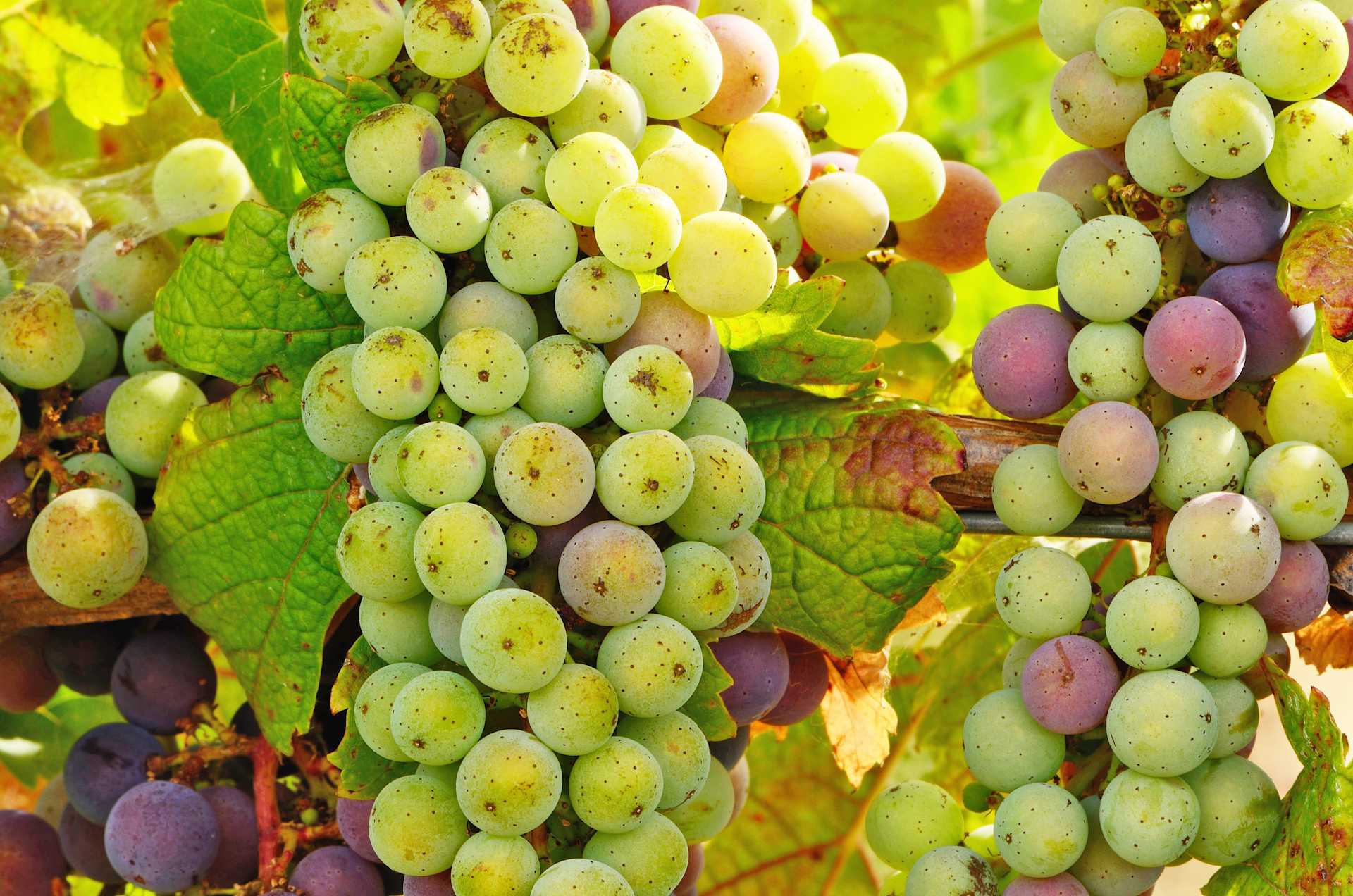Hillick & Hobbs Estate Dry Riesling 2019
-
James
Suckling -
Wilfred
Wong -
Wine
Spectator



Product Details
Your Rating
Somm Note
Winemaker Notes
Professional Ratings
-
James Suckling
Loads of white pepper, honeysuckle, peach and honey. Biscuit. Full-bodied, layered and structured. Stone and slate undertones. Flavorful and full of taste.
-
Wilfred Wong of Wine.com
COMMENTARY: The 2019 Hillick & Hobbs Dry Riesling is a significant wine category currently not in the consumer's sweet spot. This wine is crisp, dry, and beautifully balanced. TASTING NOTES: This wine exhibits attractive aromas and flavors of tart apple, chalk, and a hint of flowers. Serve it with lightly-breaded, stir-fried Petrale sole. (Tasted: June 20, 2021, San Francisco, CA)
-
Wine Spectator
A fresh, high-pitched style, with pippin apple, fennel and lime pith notes backed by a twinge of slate on the finish. An understated style, but with purity and latent length, showing a sense of precision. Drink now through 2024.
Other Vintages
2021-
Tasting
Panel -
James
Suckling -
Wine &
Spirits -
Wine
Enthusiast - Decanter
-
Tasting
Panel -
Wine
Enthusiast -
James
Suckling

Riesling possesses a remarkable ability to reflect the character of wherever it is grown while still maintaining its identity. A regal variety of incredible purity and precision, this versatile grape can be just as enjoyable dry or sweet, young or old, still or sparkling and can age longer than nearly any other white variety. Somm Secret—Given how difficult it is to discern the level of sweetness in a Riesling from the label, here are some clues to find the dry ones. First, look for the world “trocken.” (“Halbtrocken” or “feinherb” mean off-dry.) Also a higher abv usually indicates a drier Riesling.

As the most historic wine-producing region in New York state, winemaking in the Finger Lakes area dates back to the 1820s and today as a region, accounts for 90% of the state’s total wine production.
Its narrow and deep lakes created by the movement of Ice Age glaciers create an environment similar to the classic Riesling-loving regions of Europe, namely Germany and Austria. The Finger Lakes retain summer heat that incidentally warms up cold winter air, making it fall down from the lakes’ steep slopes. When spring comes, the lakes, already cooled by cold winter weather, stave off vine budding until the danger of frost has subsided. The main lakes of the zone, that is those big enough to moderate the climate in this way, are the focal points of prime vineyard areas. They include Canandaigua, Keuka, Seneca and Cayuga.
While Riesling has fueled most of the region’s success, today Pinot Noir and Cabernet Franc enjoy some attention.









